Cargo ships are responsible for transporting a significant portion of the world’s goods, from food to electronics. As they traverse the world’s oceans, these vessels consume vast amounts of fuel to power their engines and keep them moving.
With the increasing emphasis on reducing carbon emissions, it is essential to understand how much fuel these ships use and the factors that influence ship fuel consumption per mile.
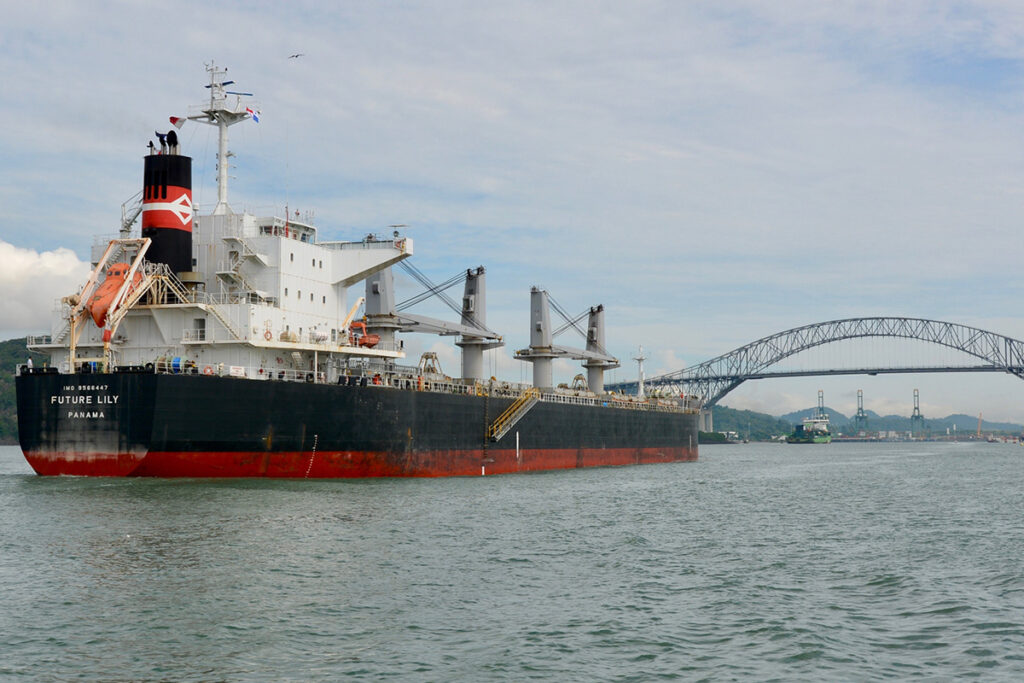
Ship Fuel Consumption Factors
Ship fuel consumption per mile is a critical factor for cargo ships, as it directly affects their operating costs, environmental impact, and how much fuel ships have to carry onboard for a scheduled voyage. Several factors influence how much fuel a cargo ship uses per mile, including:
- Ship size and design: The size and design of a ship play a significant role in fuel consumption. Larger ships require more fuel to move their greater weight, but newer designs can help reduce ship fuel consumption per mile through improved hydrodynamics and efficiency.
- Engine power and efficiency: The ship’s engines are the primary consumers of fuel, and engine power and efficiency directly impact ship fuel consumption per mile. Advances in engine technology and design have enabled more efficient fuel use, reducing consumption and emissions.
- Speed and operating conditions: The ship’s speed and operating conditions affect fuel consumption. Faster speeds require more energy to maintain, leading to higher ship fuel consumption per mile. Adverse weather conditions, such as strong winds or currents, can also increase fuel consumption.
- Cargo weight and distribution: The weight and distribution of cargo can significantly impact fuel consumption. The ship must expend more energy to transport heavier cargoes, and improperly distributed loads can cause additional drag, further increasing ship fuel consumption per mile.
- Route and navigation: The distance and route taken by a ship also influence fuel consumption. Longer routes require more fuel, and the specific navigation path can also impact fuel consumption. Ships may take advantage of favorable currents and weather conditions to reduce ship fuel consumption per mile.
- Maintenance and operations: Proper maintenance and operations can help reduce ship fuel consumption per mile by ensuring engines and equipment operate at peak efficiency. Regular maintenance and training of crew members can also help reduce fuel consumption through optimized operations and procedures.
Overall, understanding the factors that influence ship fuel consumption per mile is essential for optimizing cargo ship operations and reducing environmental impact. By taking advantage of new technologies and practices, cargo ships can reduce their fuel consumption and operate more efficiently.
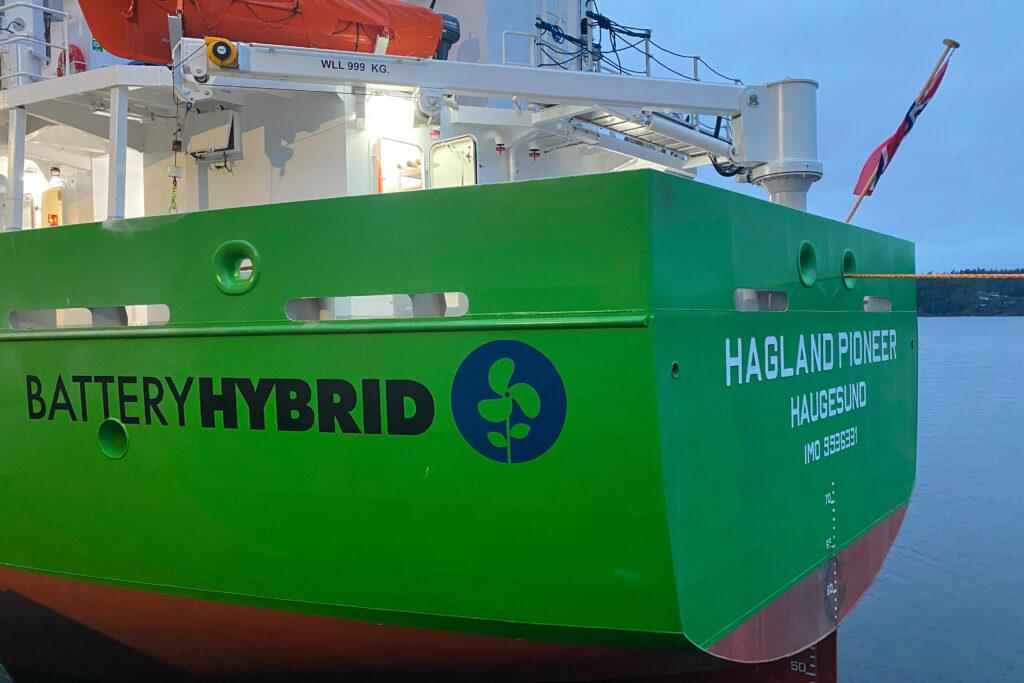
Fuel Types used on Cargo Ships
Cargo ships typically use two types of fuel: heavy fuel oil (HFO) and marine gas oil (MGO). But there are several types of alternative fuels that cargo ships use to power their engines.
In addition to heavy fuel oil and marine gas oil, cargo ships may also use other types of fuel such as liquefied natural gas (LNG) and biofuels. LNG is a cleaner-burning fuel that emits fewer pollutants than HFO or MGO. It is gaining popularity as a fuel option for cargo ships due to its environmental benefits. However, the infrastructure for LNG fueling is still limited, making it less widely available than HFO or MGO.
Biofuels, made from renewable sources such as vegetable oil or animal fat, are another alternative fuel option for cargo ships. Biofuels produce fewer emissions than traditional fuels and can help reduce the carbon footprint of shipping. However, their use is currently limited due to higher costs and limited availability.
Each of these fuels has its own advantages and disadvantages, and the choice of fuel used on a cargo ship depends on a variety of factors, including cost, availability, and environmental regulations.
Here are some of the most common types of fuel used on cargo ships:
- Heavy Fuel Oil (HFO) – This is the most commonly used fuel on cargo ships, accounting for around 80% of all fuel consumed. It is a residual fuel that is left over after the refining of crude oil, and it is relatively cheap compared to other fuels. However, it is also high in sulfur and other pollutants, which can have negative environmental impacts.
- Marine Gas Oil (MGO) – This is a lighter, more refined fuel that is lower in sulfur and other pollutants than HFO. It is more expensive than HFO, but it is also more efficient and produces fewer emissions. It is often used in ships that operate in areas with strict emissions regulations, such as the Emission Control Areas (ECAs) in North America and Europe.
- Liquefied Natural Gas (LNG) – LNG is a cleaner-burning fuel that produces fewer emissions than HFO or MGO. It is made by cooling natural gas to a liquid state, which makes it easier to transport and store. However, it requires special equipment and infrastructure to use, and it is currently only used by a small percentage of cargo ships.
- Biodiesel – Biodiesel is a renewable fuel made from plant-based sources, such as soybeans or rapeseed. It produces fewer emissions than traditional fuels and is biodegradable. However, it is more expensive than HFO or MGO, and it is not currently widely used in the shipping industry.
- Hydrogen – Hydrogen is a zero-emissions fuel that could potentially revolutionize the shipping industry. However, it is currently expensive to produce and requires significant infrastructure and technology to use, so it is not yet widely used on cargo ships.
- Methane – Methane is another clean-burning fuel that can be used in place of traditional fossil fuels. It is produced from a variety of sources, including biomass and natural gas, and it produces fewer emissions than traditional fuels. However, it is still a relatively new technology and requires special equipment and infrastructure to use.
The choice of fuel for a cargo ship is often influenced by factors such as cost, availability, and environmental regulations. In recent years, there has been a push towards cleaner fuels in the shipping industry, with many countries and organizations implementing regulations to reduce emissions from ships. This has led to increased interest in alternative fuels and technologies that can help reduce the environmental impact of cargo shipping.
It is also worth noting that the type of fuel used can impact a ship’s fuel efficiency and therefore its ship fuel consumption per mile. For example, using a more energy-dense fuel like HFO can lead to lower ship fuel consumption per mile than using MGO, despite the higher emissions. Additionally, the type of fuel can also impact a ship’s maintenance requirements and overall lifespan. Regular maintenance and cleaning of the ship’s engines and fuel systems are essential to ensure optimal performance and efficiency, regardless of the type of fuel used.
The choice of fuel for cargo ships is a complex decision that involves balancing cost, availability, and environmental impact. While HFO and MGO are the most commonly used fuels, LNG and biofuels are gaining popularity as alternative options. The type of fuel used can impact a ship’s fuel efficiency, emissions, and maintenance requirements, making it essential for ship operators to carefully consider their options and maintain their ships’ engines and fuel systems for optimal performance
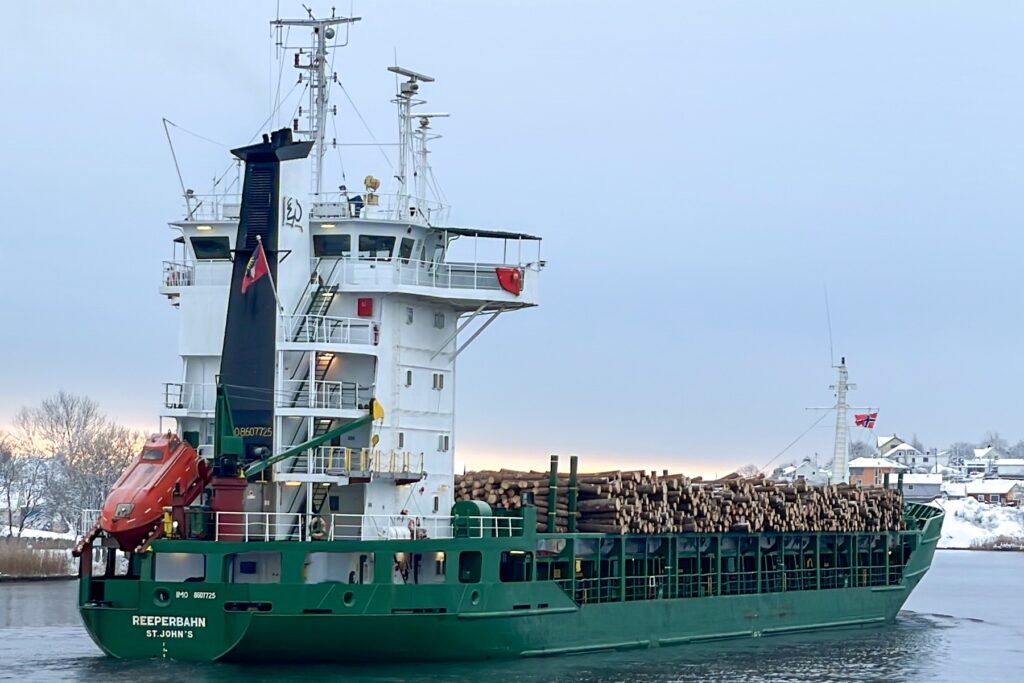
Examples of Ship Fuel Consumption Per Mile
The amount of fuel a cargo ship uses per mile can vary significantly depending on the ship’s size, speed, cargo weight, and route. However, we can use some examples to illustrate the range of fuel consumption.
Example 1: Small Container Ship
A small container ship with a capacity of 500 twenty-foot equivalent units (TEUs) and a speed of 15 knots (17.3 miles per hour) would consume approximately 15-20 metric tons of fuel per day, depending on the type of fuel used.
Ship fuel consumption per mile estimated calculation: Assuming that ship can travel an average of 360 nautical miles per day nautical miles (414 miles), this ship would use approximately 15-20 metric tons of fuel or 0.041-0.055 metric tons of fuel per nautical mile (0.047-0.063 metric tons of fuel per mile.)
Example 2: Large Bulk Carrier
A large bulk carrier of Capesize class with a capacity of 180,000 deadweight tons (DWT) and a speed of 14 knots (16.1 miles per hour) would consume approximately 30-45 metric tons of fuel per day, depending on the type of fuel used.
Assuming that ship can travel an average of 336 nautical miles per day nautical miles (387 miles), this ship would use approximately 15-20 metric tons of fuel or 0.045-0.059 metric tons of fuel per nautical mile (0.051-0.068 metric tons of fuel per mile.)
Example 3: Large Container Ship
A large container ship with a capacity of 10,000 TEUs and a speed of 22 knots (25.3 miles per hour) would consume approximately 150-200 metric tons of fuel per day, depending on the type of fuel used.
Ship fuel consumption per mile estimated calculation: Assuming that ship can travel an average of 528 nautical miles per day nautical miles (608 miles), this ship would use approximately 150-200 metric tons of fuel or 0.284-0.378 metric tons of fuel per nautical mile (0.327-0.435 metric tons of fuel per mile.)
Example 4: Medium-sized Bulk Carrier
A medium-sized Supramax class bulk carrier with a capacity of 50,000 DWT and a speed of 15 knots (18.4 miles per hour) would consume approximately 30-35 metric tons of fuel per day, depending on the type of fuel used.
Ship fuel consumption per mile estimated calculation: Assuming that ship can travel an average of 360 nautical miles per day nautical miles (414 miles), this ship would use approximately 30-35 metric tons of fuel or 0.83-0.097 metric tons of fuel per nautical mile (0.096-0.112 metric tons of fuel per mile.)
Example 5: Large LNG Carrier
A large liquefied natural gas (LNG) carrier with a capacity of 200,000 cubic meters and a speed of 20 knots (23 miles per hour) would consume approximately 100-120 metric tons of fuel per day, depending on the type of fuel used.
Ship fuel consumption per mile estimated calculation: Assuming that ship can travel an average of 480 nautical miles per day nautical miles (552 miles), this ship would use approximately 100-120 metric tons of fuel or 0.208-0.250 metric tons of fuel per nautical mile (0.239-0.288 metric tons of fuel per mile.)
Table Of Fuel Consumption By Different Types Of Cargo Ships
Table of different types of cargo ships and ship fuel consumption per mile, using average values from the article you provided:
| Ship Type | Size and Speed | Fuel Consumption per Day | Fuel Consumption per Mile |
|---|---|---|---|
| Feeder, Small Container Ship | 500 TEUs, 15 knots | 15-20 metric tons | 0.041-0.055 metric tons |
| Capsize, Large Bulk Carrier | 180,000 DWT, 14 knots | 30-45 metric tons | 0.089-0.119 metric tons |
| New Panamax, Large Container Ship | 10,000 TEUs, 22 knots | 150-200 metric tons | 0.284-0.378 metric tons |
| Supramax, Medium-sized Bulk | 50,000 DWT, 15 knots | 30-35 metric tons | 0.083-0.097 metric tons |
| Large LNG Carrier | 200,000 cubic meters, 20 knots | 100-120 metric tons | 0.208-0.250 metric tons |
| Suezmax Oil Tanker | 160,000 DWT, 14 knots | 50-60 metric tons | 0.149-0.178 metric tons |
It’s important to note that these values are approximate and can vary significantly depending on factors such as route, cargo weight, and weather conditions. As discussed in the article, there are many variables that can impact fuel consumption on cargo ships. By understanding these variables and taking steps to optimize ship fuel consumption per mile, shipping companies can reduce costs and minimize their environmental impact.
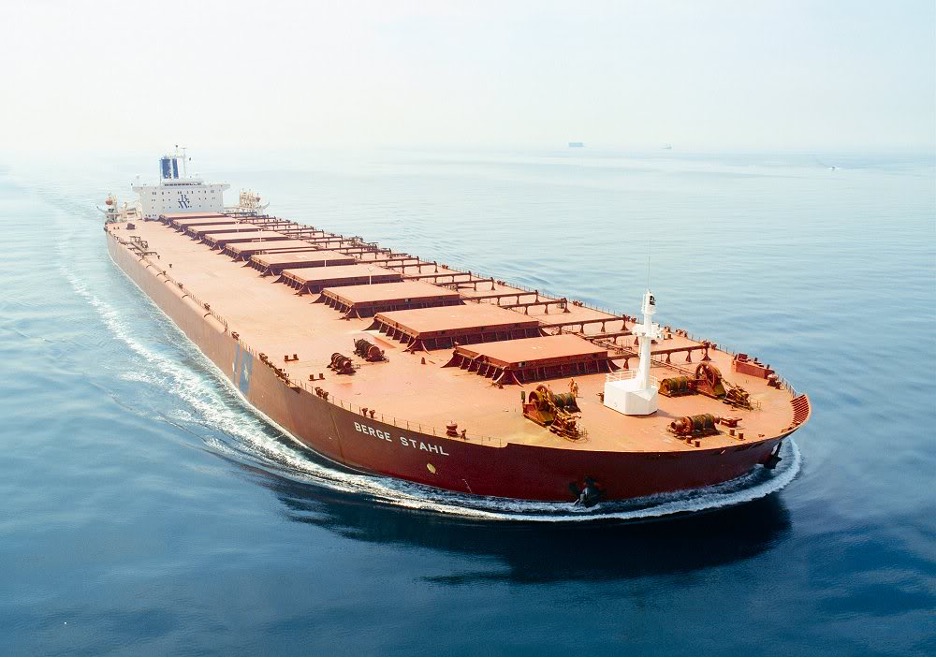
Fuel Efficiency Improvements
Cargo ships consume large amounts of fuel, which has a significant impact on both the environment and operating costs. Therefore, there is a growing emphasis on improving fuel efficiency to reduce emissions and costs. Here are some of the ways that cargo ship operators can improve fuel efficiency:
- Slow Steaming
Reducing a ship’s speed can significantly reduce ship fuel consumption per mile, as the engine requires less power to maintain momentum. Slow steaming, where the ship travels at a slower speed, can result in fuel savings of up to 30%. However, this approach can impact delivery schedules, and it may not be feasible in some situations.
- Hull Coatings
Special coatings on a ship’s hull can reduce drag and improve fuel efficiency. These coatings can include advanced polymers, silicone-based paints, and other materials that help reduce friction and turbulence as the ship moves through the water. This results in reduced fuel consumption and lower emissions. According to some studies, hull coatings can reduce fuel consumption by up to 10%.
- Propeller Design
Optimizing a ship’s propeller design can also improve fuel efficiency by reducing resistance and improving the transfer of power from the engine to the water. This can be achieved by adjusting the pitch and diameter of the propeller blades or by using new materials to reduce friction. Some studies suggest that propeller design improvements can result in fuel savings of up to 5%.
- Fuel Type Switching
Switching from HFO to MGO or alternative fuels such as liquefied natural gas (LNG) can significantly reduce emissions. MGO is a cleaner-burning fuel that produces fewer emissions than HFO, while LNG produces even fewer emissions than MGO. However, the cost of switching to these fuels can be higher than using HFO, and significant infrastructure changes may be required to support the use of LNG.
- Engine Upgrades
Upgrading a ship’s engines to more efficient models can also reduce fuel consumption and emissions. Newer engines are designed to be more fuel-efficient and produce fewer emissions than older models. In some cases, retrofitting existing engines with new technologies can also improve fuel efficiency. According to some estimates, engine upgrades can result in fuel savings of up to 20%.
Each of these fuel efficiency improvements has its own advantages and disadvantages, and the choice of which method to use will depend on a variety of factors, including the cost of implementation, the potential for fuel savings, and environmental regulations. By implementing these strategies, cargo ship operators can reduce their environmental impact while also reducing operating costs.
Conclusion
In conclusion, cargo ships consume a significant amount of fuel to transport goods across the world’s oceans. The amount of fuel used per mile depends on several factors, including ship size, speed, cargo weight, and route. There are several ways to improve fuel efficiency, including slow steaming, hull coatings, propeller design, fuel type switching, and engine upgrades. As the world continues to prioritize reducing carbon emissions, it is essential to continue exploring and implementing ways to improve the fuel efficiency of cargo ships.
FAQs
Why do cargo ships use so much fuel?
Cargo ships require a significant amount of power to move their weight through the water and transport goods across long distances.
What factors influence ship fuel consumption on cargo ships?
Ship size, speed, cargo weight, and route all play a role in determining how much fuel a cargo ship will consume per mile.
What types of fuel do cargo ships use?
Cargo ships typically use heavy fuel oil (HFO) or marine gas oil (MGO).
How can fuel efficiency on cargo ships be improved?
Fuel efficiency on cargo ships can be improved through methods such as slow steaming, hull coatings, propeller design, fuel type switching, and engine upgrades.
Why is improving fuel efficiency on cargo ships important?
Improving fuel efficiency on cargo ships is important for reducing carbon emissions, reducing costs, and promoting sustainable global trade.
- Sustainable and Luxurious: Discovering Split’s Yachting Paradise – April 26, 2024
- MarineTraffic vs VesselFinder: Which Is Better Vessel Tracking Service? – February 14, 2024
- Port Costs: A Comprehensive Guide to Port Dues and Fees for Cargo Ships – February 12, 2024


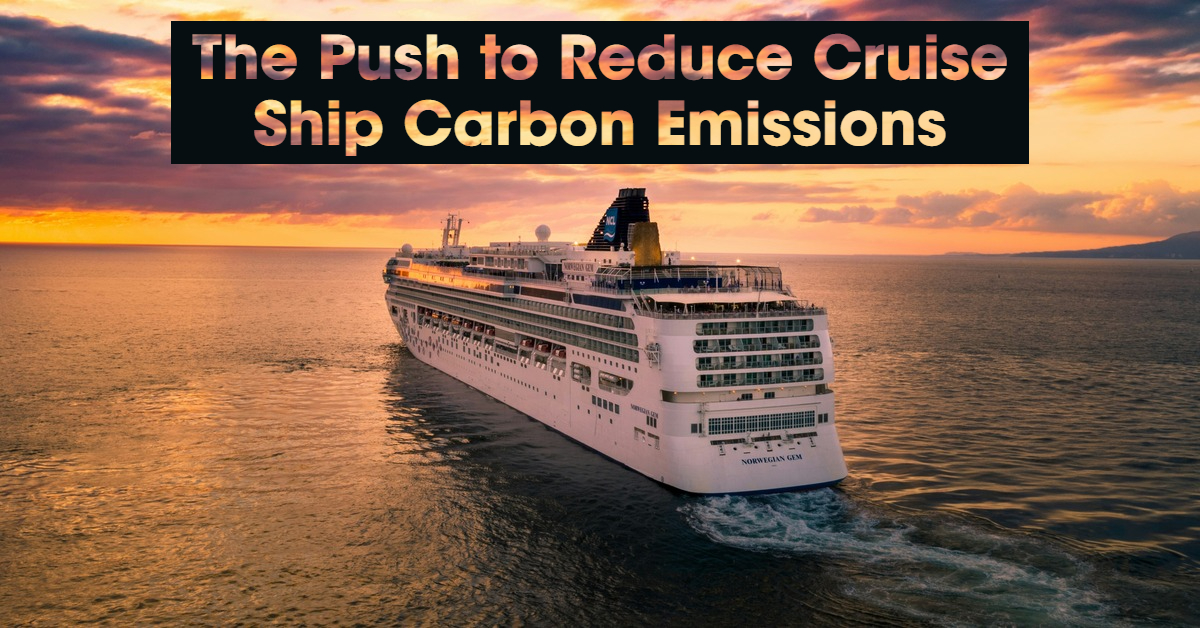


Leave a Reply